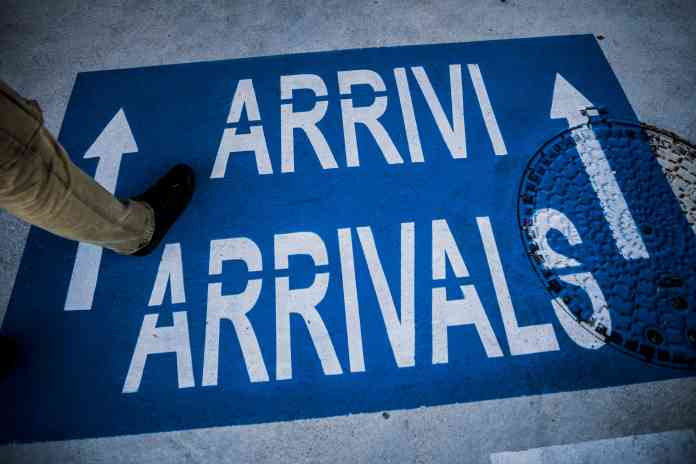
Tech and the post-Brexit landscape
Current systems for immigration and customs in the UK were built nearly a half-century ago, limiting the progression of technology and hindering necessary information-sharing. Given the issue of Brexit-related soft borders, is it now time for new lines to be drawn?
In today’s digital age, our borders are no longer simple lines drawn on a map and border crossings do not only take place at distinct points of entry along those lines. From a business and security perspective, to operate efficiently in this environment of fluid border crossings, border service organisations require visibility of who or what is entering the country, as well as ensuring that people who are meant to leave by a certain date do so. Sharing data is at the heart of this.
However, the problem that the UK faces, particularly as it prepares to leave the European Union, is that current systems for immigration and customs control have evolved over 50 years, layering legacy software system upon legacy software system. Organisations and government departments involved in the border process can find themselves working in information silos, meaning that data is being shared inefficiently.
Furthermore, a wholesale revamp of the UK’s customs and immigration systems isn’t practical or cost effective but visibility into these systems and their information sets is required. Border services organisations, such as Border Force, HMRC, intelligence services and law enforcement, among others, can leverage digital technologies and analytics to facilitate customs and immigration decisions regardless of which ‘silo’ the information was created in.
The good news, as outlined by Paul Parker, is that we can implement technology and connect different agencies with shared information faster and safer than ever before. In short, there is no technological reason that border security should be outdated. Organisations need to define what information and data is required, at what velocity and level of detail. Understanding the required information sets allows technologists to determine the data model and interfaces required to ensure secure, reliable and appropriate access with minimal necessary duplication.
Integrated technology solutions
Simon Daykin is in agreement. Sharing his thoughts on the issue, he told Counter Terror Business that integrated technology solutions, such as advance passenger screening, virtual cargo screening and customs fee automation, as well as analytics that highlight people and cargo deserving closer inspection, are required. Such innovations will result in better flow management, improved intelligence and early decision targeting and interventions - essentially creating a safer more secure and efficient border.
From Parker’s IT perspective, post-Brexit border security should be an easy process. You scan your passport at the border, and it should flag whether you are allowed to enter the country. Radio-frequency identification (RFID) and chips in passports, biometric scanners, and records databases are all there to enable this.
However, he identifies uptake, interoperability, and communication between different border forces and agencies as the main obstacles that need to be overcome: essentially, it’s about the human factor. Overcoming the human challenges around culture and communication will take time and collaboration, and while that’s going on, it may be worth considering some of the supporting infrastructure that can help.
Paul Parker highlights the example of an approach currently being used in the United States. Preauthorisation (TSA PreCheck) sees citizens pre-vetted to speed up the immigration process at the point of entry. In addition, thanks to collaboration between private entities and the US government, the CLEAR membership scheme collects additional biometric data on participating individuals in advance of passing through immigration, to speed up vetting and allow approved individuals ‘fast-track’ access.
In the UK, it will be important to enable this kind of interconnection between public and private, alongside more collaboration between the police and border forces. A big part of enforcing new border controls will be ensuring that people also leave the country when they are expected to do so. This means that entry visas, existing criminal records, and biometric information like fingerprints need to be cross-checked to reliably monitor the legal status of people entering and exiting the country.
digital issue
















